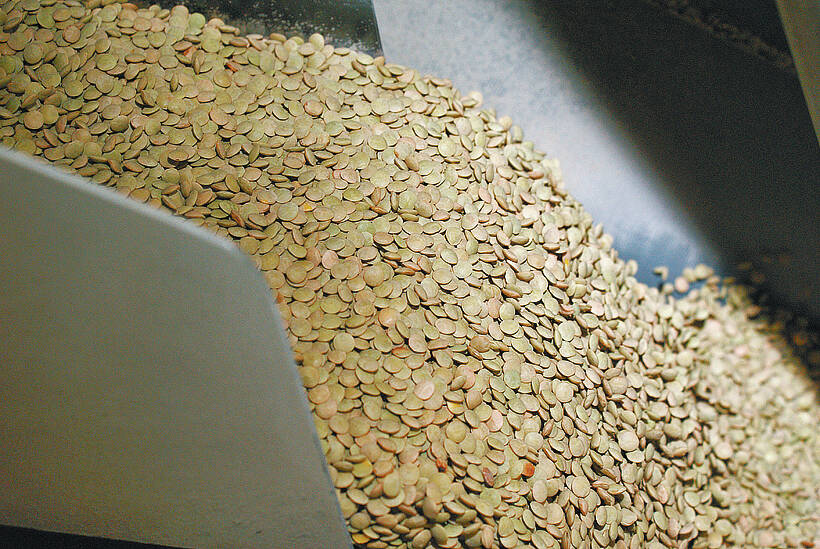Canada is in danger of losing its second biggest durum customer if Algeria follows through on its plans to become self-sufficient in the crop.
Those plans were briefly outlined in a U.S. Department of Agriculture report on the North African country.
“Following the oil price drop, the Government of Algeria implemented measures to reduce imports,” stated the report.
The USDA said Algeria is attempting to raise its grain production to seven million tonnes per year by 2019, up from four million tonnes in 2015-16.
Read Also

Green lentil market oversupplied
Farmers in Western Canada can expect price pressure on their new crop of green lentils, as the available supplies among the world’s major lentil-growing nations increase significantly.
It would do that primarily by increasing durum output and becoming self-sufficient in that crop.
“The Government of Algeria is boosting the output through improving irrigation by expanding areas irrigated to two million hectares (4.9 million acres) by 2019,” said the March 23 report.
“Currently, only 12 percent of the arable land is irrigated.”
The USDA said Algeria already pays for 50 percent of the cost of irrigation equipment.
Cam Dahl, president of Cereals Canada, said this is the first he has heard of the new self-sufficiency policy, but he doesn’t consider it a threat to Canadian durum exports.
“If this is a domestic policy that Algeria is pursuing, it is something we will need to watch and perhaps adjust marketing programs, but I don’t see that need yet,” he said.
“They’re a good customer and a loyal customer, and I think that will continue.”
Algeria was the number two buyer of Canadian durum last calendar year, buying 749,000 tonnes of the crop. Italy was the top customer, buying 1.17 million tonnes.
“They (Algeria) import very good quality, too,” said Dahl.
“That is the thing about couscous. They want that very good colour, in particular, that comes with buying Canadian durum wheat.”
Bruce Burnett, weather and crop specialist with G3 Canada, said it is not out of the realm of possibility that Algeria could become self-sufficient in durum production.
“They certainly could if they were to put the financial resources to it,” he said.
“It will take a while to do that if they’re going to do it.”
He agreed with Dahl that it is certainly something worth keeping an eye on.
This isn’t the first time Algeria has attempted self-sufficiency. The government made a similar announcement in 2010, when it set a target of cutting durum and wheat imports by at least two-thirds by 2014 by boosting domestic production.
The government said it would provide its farmers with subsidies of US$2.7 billion per year to make that happen.
It didn’t happen. Algeria imported 7.26 million tonnes of wheat and durum in 2014-15, which was quite a bit more than the 6.3 million tonnes it imported the year the self-sufficiency policy was announced. Imports rose to 8.18 million tonnes last year.















